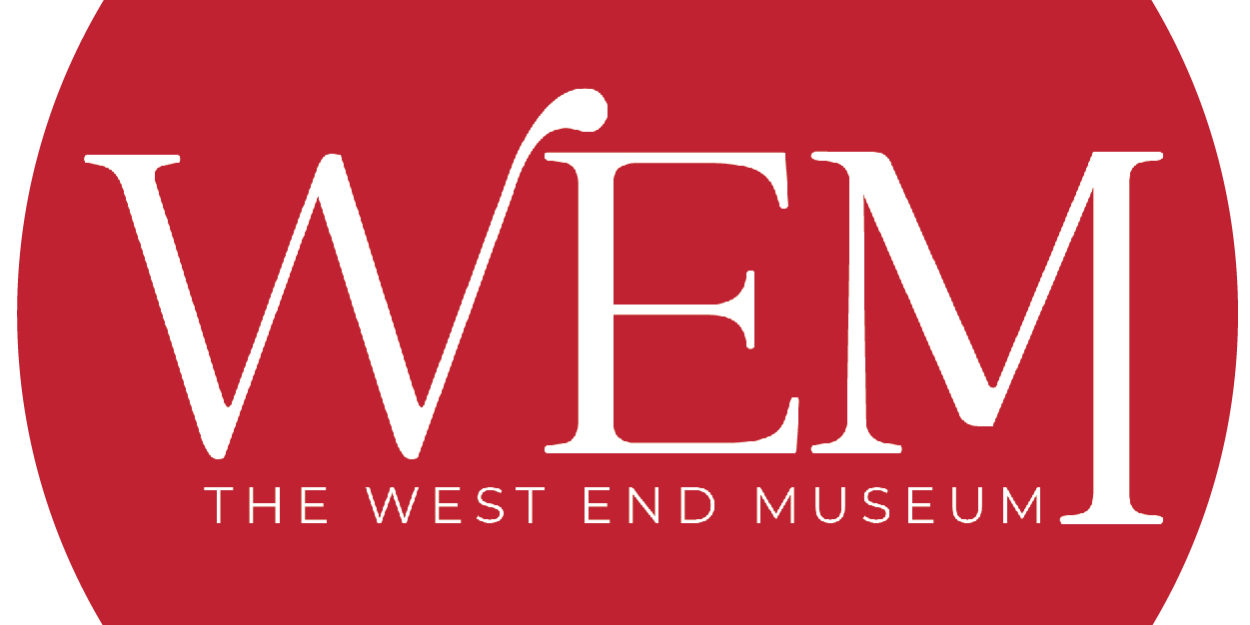Observations from the West End Jane’s Walk
On the afternoon of Saturday, May 6, a crowd of about 20 tourists, students and West End residents old and new filtered from the rain outside into The West End Museum. There, Duane Lucia greeted them. A seasoned neighborhood historian and current resident, Lucia served as the guide for the day’s event, the Jane’s Walk West End Tour.
Jane’s Walks are tours held in neighborhoods around the world in honor of Jane Jacobs, an activist for neighborhood preservation and strong local societies. A staunch opponent of many urban renewal projects, Jacobs’ philosophy was that development should be driven by the community, not imposed by institutions with no personal, intimate knowledge of the neighborhoods. She emphasized the need for dense city streets–ones that mixed residences with shops and workplaces–as a means of getting people to interact, socialize and build community as a part of everyday life. In Jacobs’ view, having “eyes on the streets” in this way made neighborhoods closer and safer.
Jane’s Walks were started to pay homage to Jacobs’ legacy, and some of them reconnect people to the history of neighborhoods like the West End, places with strong social bonds that were threatened, affected or outright destroyed by urban renewal projects.
By the time Lucia led the group outside to the corner of the Bulfinch Triangle, the rain had stopped. Lucia provided an extensive briefing on Jane Jacobs and the West End. As he pointed out where the railroads used to run, he noted how the neighborhood’s ripeness for highways and transportation made it valuable to developers. The rising and falling din of highway traffic around the tour further drove home the point: for many years, the results of urban renewal discouraged an influx of residents, as opposed to the structure of the old neighborhood, which made it “the greatest neighborhood this side of heaven,” a well-known motto among old West Enders.
The tour continued towards Cambridge Street, as the clouds overhead thinned. Lucia stopped between two original West End buildings, which had been spared from demolition for their historical significance: the Otis House–the last surviving mansion in Bowdoin Square–and the Old West Church. He noted how more buildings were preserved in the area closer to Beacon Hill, partly because of deals cut between the owners and developers, and partly because Beacon Hill residents and property owners saw the West End’s destruction and rushed to secure historic preservation of their buildings.
The sun was shining by the time the tour reached Blossom Street, where two stout brick buildings marked the next stop: the West End House and the Winchell School. The former was a community house that served the old neighborhood as a place for extracurricular learning, as well as sports and social clubs. The Winchell School was one of many schools shuttered as a result of urban renewal, but it was later purchased by Massachusetts General Hospital. The building now houses MGH’s Ruth Sleeper Hall. According to Lucia, there have been talks off and on for years about tearing it down, a reminder that urban renewal never really ends.
Bringing the tour near its close, Lucia led the group through the Thoreau Path, a pedestrian walkway that cuts through the Charles River Park apartment complex, connecting MGH with the West End Museum. Lucia said it was created as a “superblock,” a concept brought on by urban renewal that emphasized large, spaced-out city blocks designed for pedestrian-friendly walking areas. But, as he noted, because the area is virtually all residential–without the kinds of local businesses and apartment buildings sharing space as they did pre-demolition–it’s merely a walkway disconnected even from the apartment towers which sit alongside it.
Back at The West End Museum, with the walking tour ended, Lucia and the crowd thanked each other as they began to disperse. “He was very informative,” said Autumn, a student who attended as part of her final project. “There was a lot about the importance of social capital and strong community, and the impact of external forces on internal unity.” Another tour guest, Rhonda grew up in East Cambridge and saw her grandparents’ home taken by eminent domain. For her and many others, what happened in the West End is relevant beyond its border, and deserves all the attention that the Museum continues to give it through its tours, events and exhibits.


